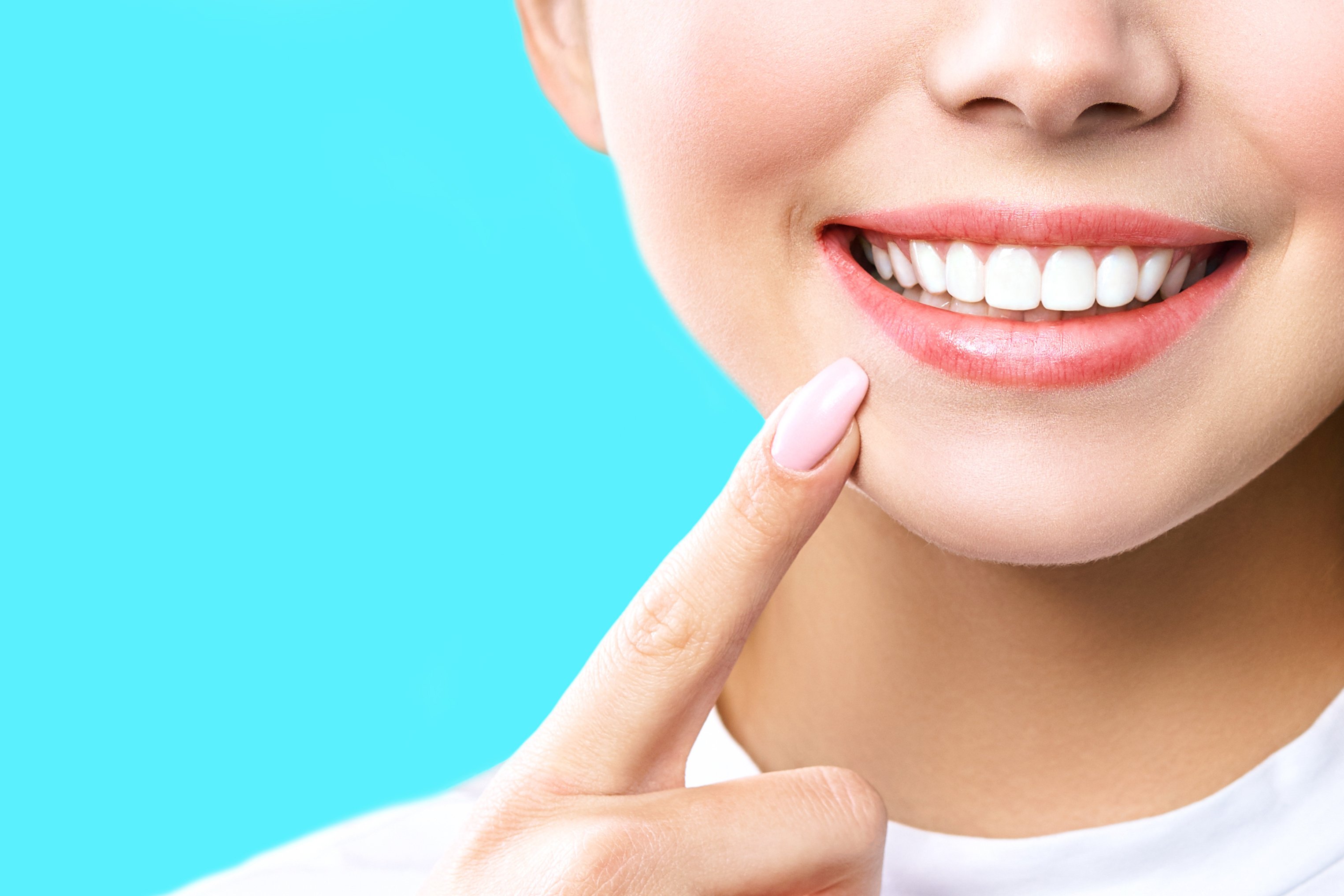4 Ways to Remove Tooth Plaque & Prevent Tartar

In the constant war against cavity-causing plaque, knowledge is power. To keep your teeth and gums healthy now and years down the road, consider our guide on plaque prevention and removal.
What is Plaque?
Plaque is a soft, sticky deposit on the surface of teeth in which bacteria proliferate. On just one tiny portion of plaque, millions of bacteria can be found. Unfortunately, as these bacteria feed on the food particles within your mouth, they release acidic waste that breaks down tooth enamel and causes decay. Over time, this decay creates a hole or cavity within a tooth. If the hole is not sealed, bacteria can then enter the tooth, infecting the root and nerves.
How to Remove Plaque on Teeth
Colorless and difficult to see, plaque can build up quickly without your knowledge. This is why it's so important to maintain the following preventative oral health habits, each and every day:
- Brush twice per day, using a fluoride toothpaste and a soft-bristled toothbrush.
- Clean between teeth using dental floss at least once per day, preferably before you go to sleep at night.
- Eat a healthy diet and avoid between-meal snacks, which give bacteria a steady diet of fuel throughout the day.
- Visit your local dentist for routine oral exams and cleanings.
Some research suggests that electric toothbrushes may be able to eliminate plaque better than manual toothbrushes. In most cases, however, time and technique are the key factors in effective plaque control. Whatever type of toothbrush you choose, check to make sure it has the American Dental Association (ADA) seal of approval, which indicates that the product has undergone rigorous safety and quality control tests.
While good dental hygiene can go a long way toward preventing plaque, it's almost impossible to eliminate every bit of plaque from hard-to-reach nooks and crevices within teeth. This is why it's so important to visit your dentist for professional dental plaque removal.
The Difference between Tartar and Plaque
Ideally, you should remove plaque daily by brushing and flossing. When plaque is allowed to remain on teeth for lengthy periods of time, however, it can ultimately harden into calculus or tartar. As tartar, plaque and bacteria continue to accumulate over time, gum tissue can become swollen, red and may bleed when you brush your teeth. This is known as gingivitis, an early stage of periodontal (gum) disease.
With professional dental treatments and good oral hygiene, gingivitis is reversible. That said, when left untreated, gingivitis can eventually advance into periodontitis, a severe form of gum disease. With periodontitis, bacterial infections cause bone and gums to break down. After a time, gums may recede, pulling away from teeth. In severe cases, underlying bone may also be destroyed, leading to tooth loss.
How to Remove Tartar on Teeth
Ideally, you should practice good hygiene and maintain regular dental checkups to keep tartar from forming in the first place. If tartar has developed on your teeth, however, only a dental professional will be able to effectively remove it.
While the internet is filled with tartar-control remedies; these rarely - if ever - pan out. Likewise, while over-the-counter products may claim to remove tartar, the results are usually negligible. Again, the best way to treat tartar is to avoid it in the first place. If it does develop, however, a professional dental cleaning is your best option.
During a professional cleaning, a dentist or dental hygienist will use a scaler to scrape plaque and tartar from between teeth and around the gum line. The more tartar you have on your teeth, the longer the cleaning will take. Afterword, however, you can recommit to keeping your teeth free of tartar, so your future cleanings will be much quicker.


